Fashion is an interest that is firmly recognized as one of the more expensive things to enjoy. Designer clothing is notoriously costly, and a good designer is an artist who wishes for their art to be appreciated while being compensated for the skill and expertise that designing clothing calls for.
It’s not to say that all the price tags set are justified; there are instances of brands charging top-dollar for craftsmanship, style, and exclusivity that is not conducive to their design process, manufacturing methods, and material cost.
There is a lot of thought that goes into setting the cost of an item, but it does vary with the brand image, the cost of manufacturing the product, the technicality of assembling the textiles for the article, the cost of materials used, comparable brands and what their prices are, and much more.
Upcycling is a process of taking a pre-existing article of clothing, such as denim items or old workwear, and altering it, then having it sold as so, or sold as something new entirely. It’s a popular way for people who are unfamiliar with manufacturing to experiment with cutting and sewing techniques without needing to create an original garment by themself.
Upcycling can be done in a way that highlights the best parts of a piece, tasteful additions that can accentuate why the piece was worth being altered at all. I think in terms of modern fashion, there are two brands worth mentioning for their upcycling and how it can be done: Gallery Dept. and Chrome Hearts.
Gallery Dept. is a prominent streetwear label based out of Los Angeles, CA. Its founder, Josué Thomas was born in 1984, in Hollywood, with two parents that were artists and helped to nurture his creative upbringing. Originally the “brand” operated as a creative space in downtown LA that was used by him and other creative associates.
Josué isn’t traditionally trained in fashion; he doesn’t have much technique in terms of modern “cut-and sew” methods being utilized, and his garments aren’t that impressive stylistically. Gallery Dept.’s most favored piece is a simple text hoodie with small paint splatter graphics and an acid wash added – all very simple changes to the blank garment given to them.
This particular item doesn’t apply to my point that there are brands that use the simplicity of upcycling an item to their financial advantage, but I would like to point out the ease of producing a Gallery Dept. hoodie and the price that is given to it ($650 USD retail, around $750 USD resold).
Another item from Gallery worthy of mentioning is their “5001” denim series, in which all pieces are upcycled versions of generic Levi’s 501 jeans. This is the item that reinforces my negative feelings towards designers selling upcycled clothing items at a higher price point.
When reading their item description, Gallery Dept. says that their process starts with a pair of Levi 501’s that has been hand-picked for its wash and natural distressing. There’s almost zero information online on where Gallery truly sources their Levi’s to work on, but the implications of their success would lead to the idea that they aren’t “hand picked” as stated online.
Then, with the alteration process, Gallery states that their jeans are “re-cut” and “re-fitted” for a slimmer fit with a narrower leg opening. Giving pants a new cut could be something as simple as splitting stitches to give more room, or something as time-intensive as giving new dimensions to each of the fabric pieces of the pant. The final things to be added reinforced rips and darning.
If this was sold as a reworked item or wasn’t exceedingly expensive, I wouldn’t see any issues with it. With the brand being marketed and distributed like a luxury brand, I feel the garment along with others made by Gallery Dept. lacks the value it is given.
Another brand guilty of using their image to sell a piece that isn’t worth its price tag is Chrome Hearts, started in 1999 in LA, and owned by Richard and Laurie Lynn Stark.
Their brand image is less clear but because of their heritage and current notoriety they do have more justification for higher price points. Chrome Hearts is known for utilizing sterling silver to make extremely high-quality jewelry and having other hand-made leather goods or clothes that are well-made and recognizable.
Considering the age of the brand, it’s no surprise that they have a longer and more respected tie into the fashion world compared to Gallery Dept. Chrome Hearts gained some popularity in the early 2000’s with their exceptional craftsmanship in leather goods marketed towards bikers. They also utilize their skills to make sterling silver, gothic style jewelry featuring a cross motif that came to be the brand’s most recognizable thing.
Unique silver jewelry sets are what the brand thrives at; nobody is better at embodying vicotrian-christian style goth like Chrome Hearts. All of their jewelry is artisanally made by very skilled workers over countless hours, and the superb quality is a known trait of Chrome Hearts.
With such a focus paid to material and assembly, I feel something as simple as reworking jeans and having them sold in stores as a Chrome Hearts product is distasteful to the brand image.
Chrome Hearts uses a similar process to Gallery Dept; they source vintage Levi’s jeans and modify them. The process used is definitely more labor-intensive than the former, by the time the pants are put in a store they have completely different dimensions and a different look.
Other things that are done include sterling silver replacements to all metal pieces in the pants and, depending on the model, leather cross patches that act as their logo, and intentional distressing to give the fabric an aged appearance.
When looking at Chrome Hearts and Gallery Dept. specifically for their upcycled jeans, it might be said that they are just keeping up with trends and making products that will sell to their desired consumers. I don’t think this is false, I do think there is a decision in the higher-ups of the brand to continue the rollout of these particular items because of their low cost to produce, as well as their favor with customers.


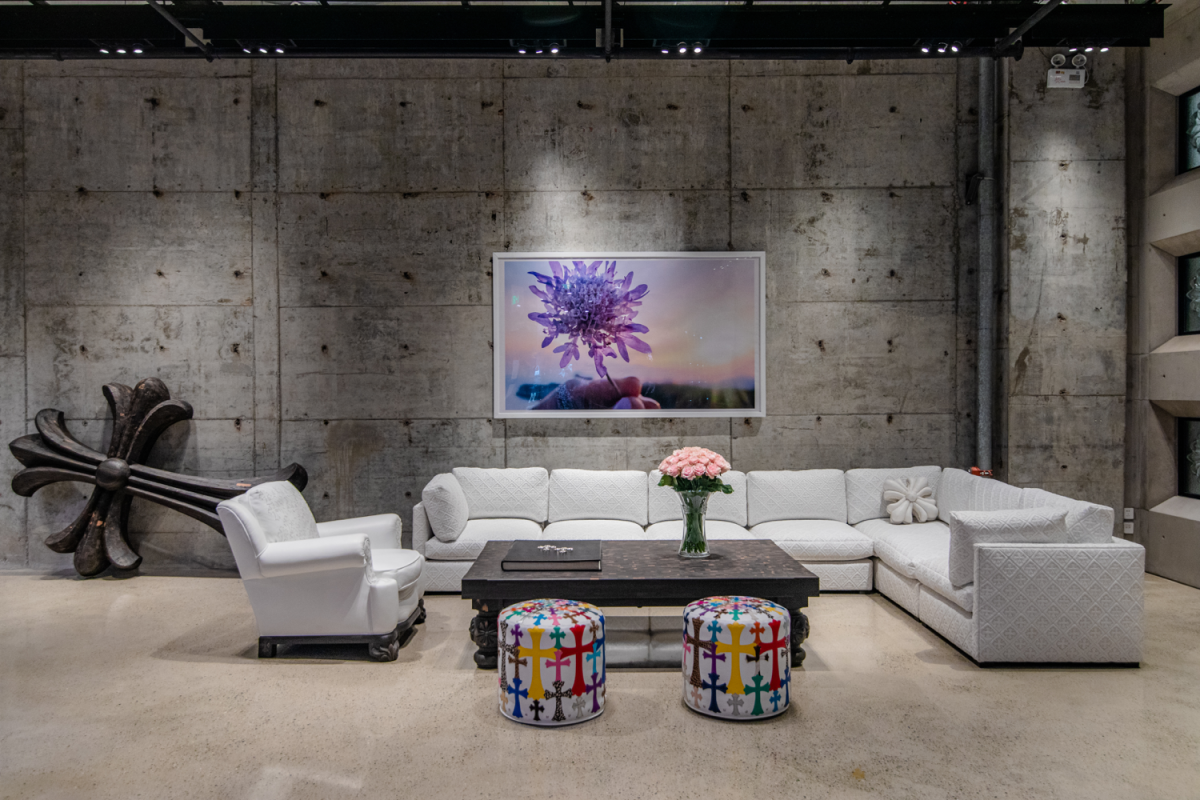
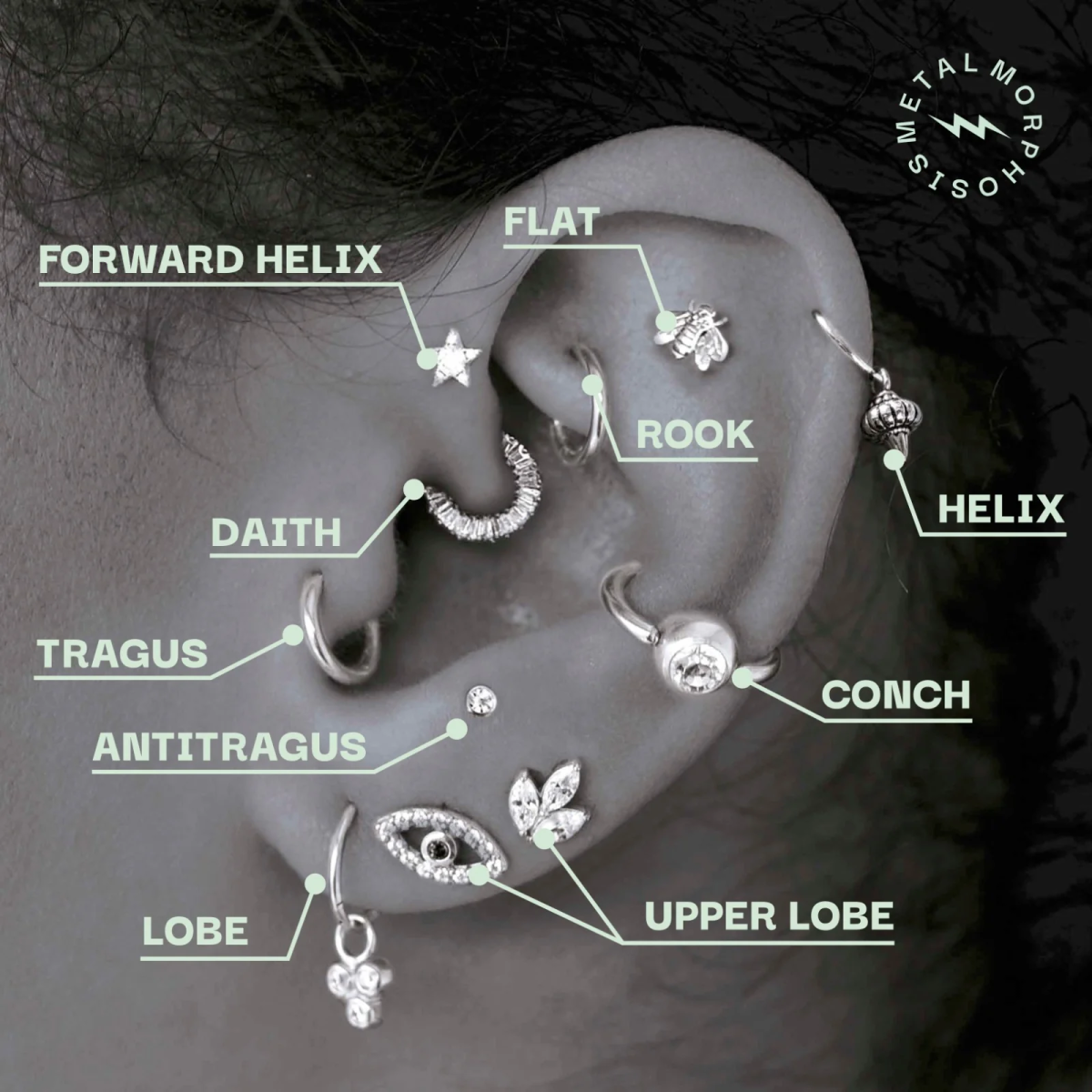
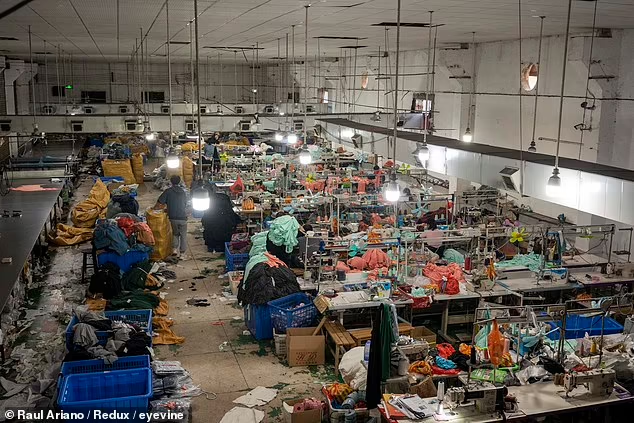

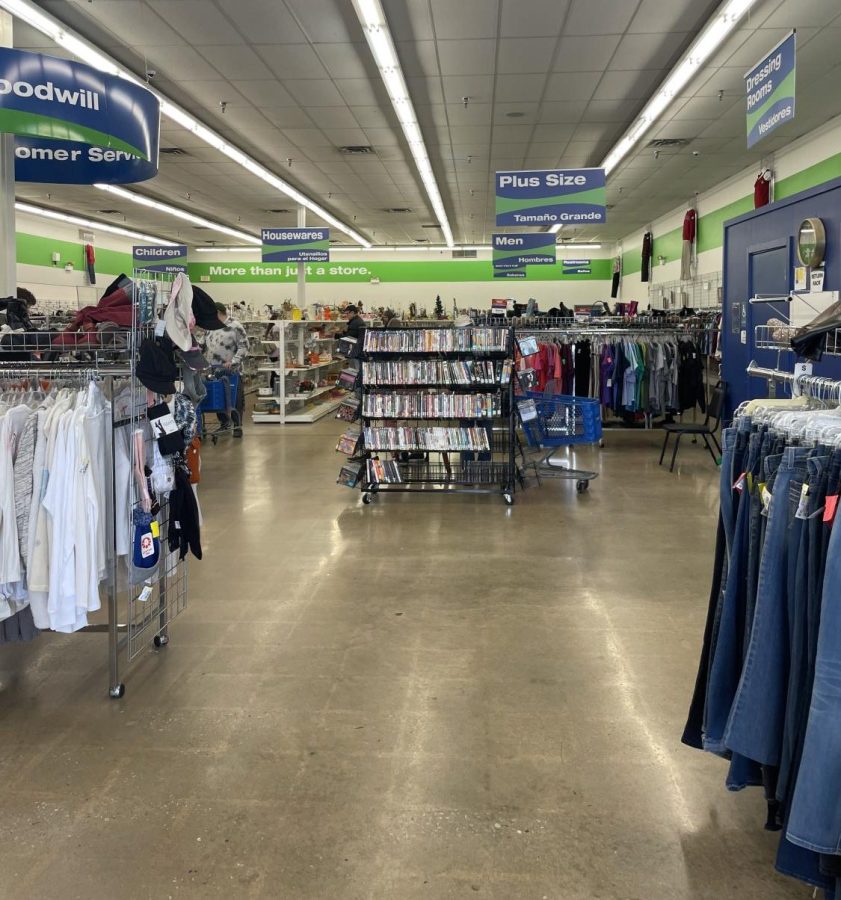
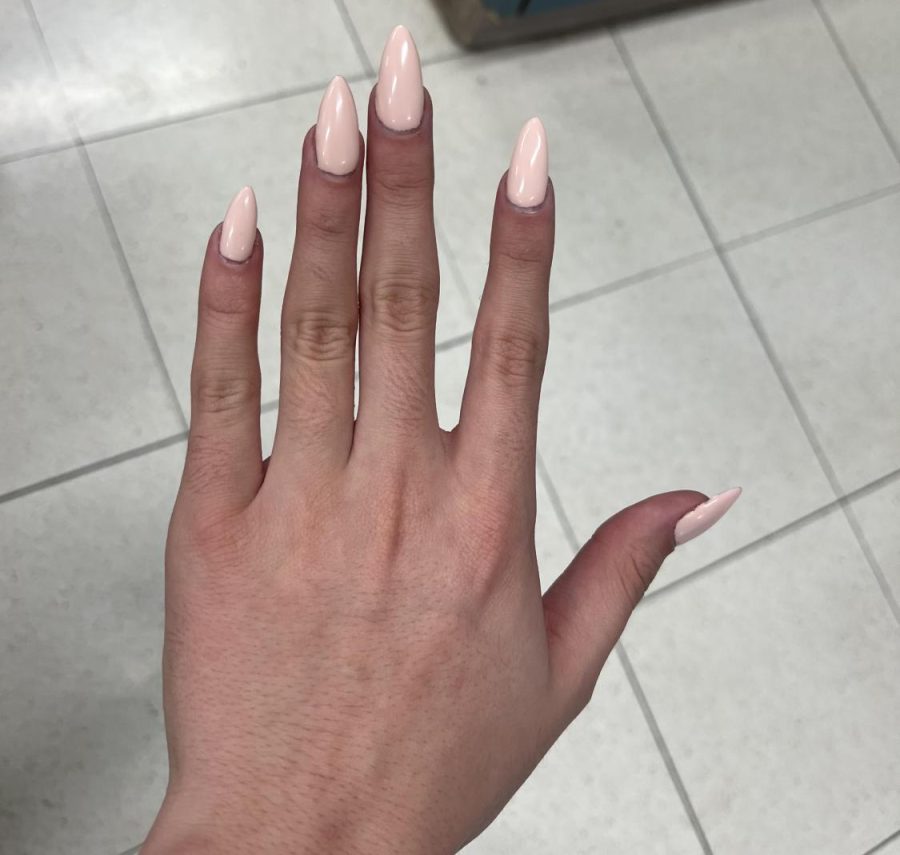






dave • Mar 12, 2024 at 5:45 pm
mmmm this is corny ash